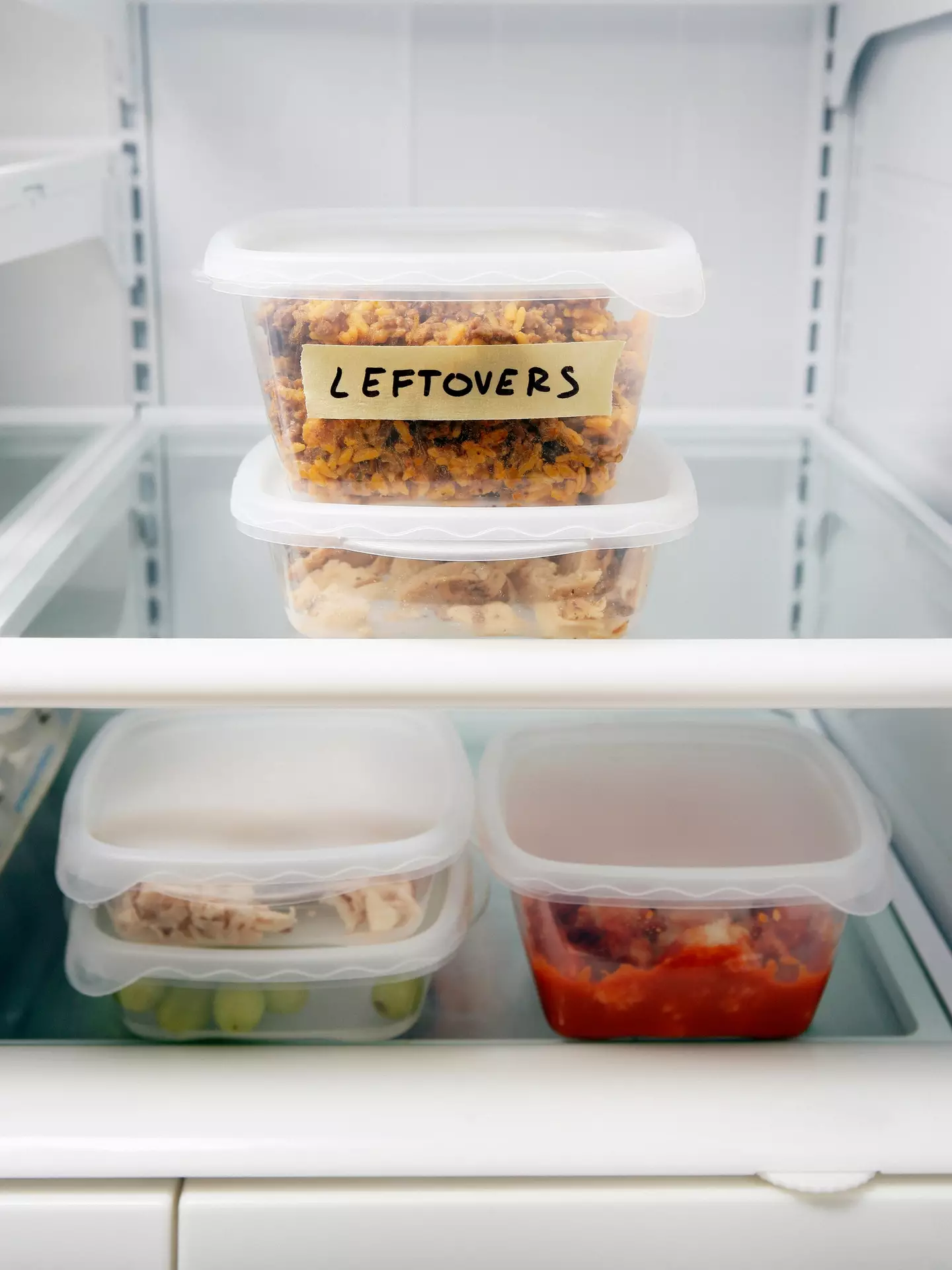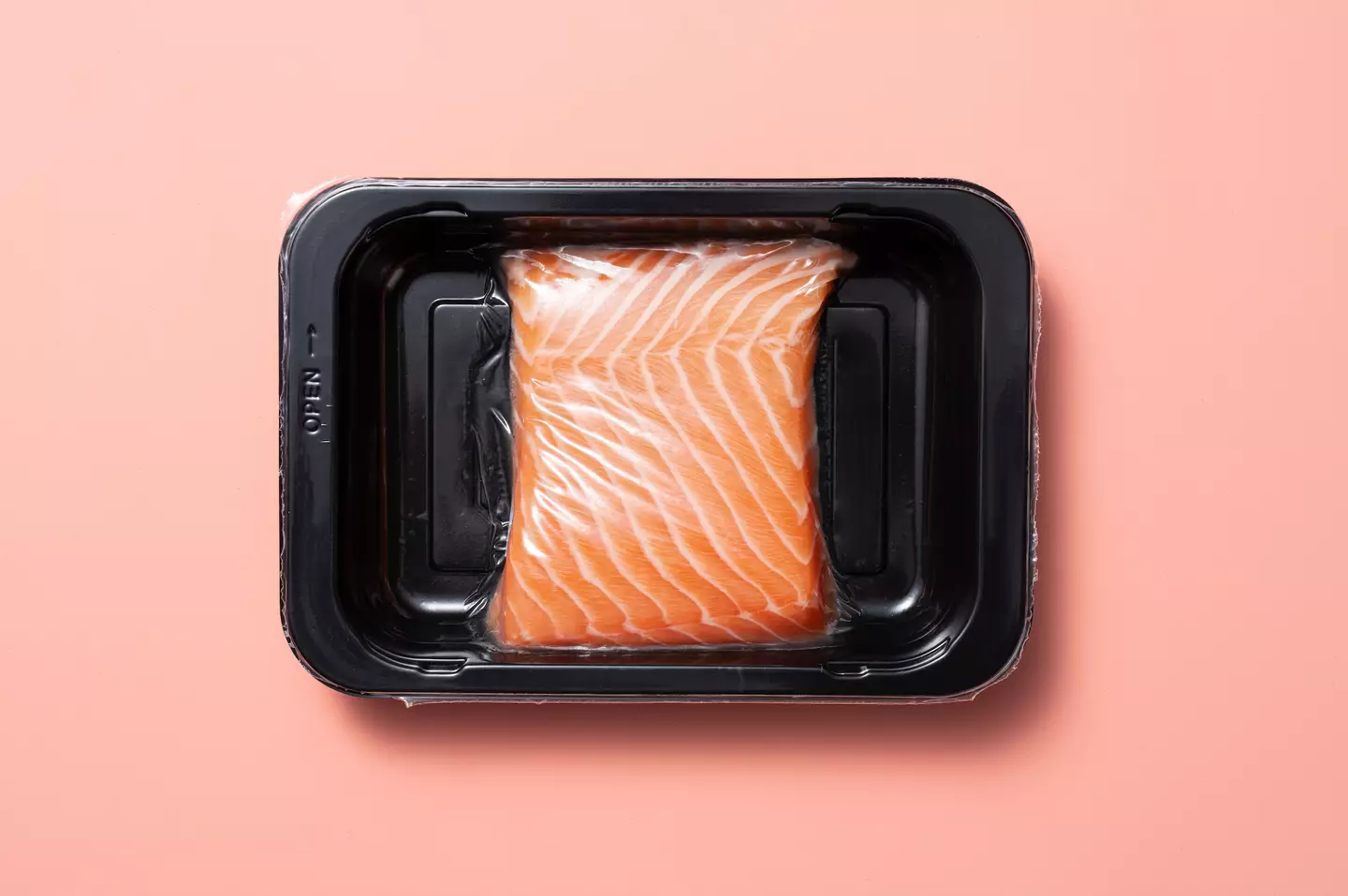
In this weird TikTok-ified world of both intense scepticism and blind faith, it seems everyone is questioning whether the things they eat, the way they store them, and their hygiene practices are safe.
If you’ve been paying attention to the general sense of self-optimisation that’s been bandied about on social media over the past decade in particular, this granular focus on little habits and ‘life hacks’ is no surprise.

When it comes to food storage, another pressure makes it particularly interesting: everything costs an absolute bomb. Saving leftovers, freezing perishables, and stockpiling tubs of prepped meals can all help us to save some quids against a backdrop of inflation and sky-high food prices.
Advert
If you thought the worst of inflation might be behind us for now, think again. It’s been forecasted that food prices will increase by an average of 4.2% between January and December 2025 so, yeah… we’re not out of the woods yet.
Storing grub effectively can help to prevent waste and minimise our trips to the supermarket, providing some semblance of a defence against the never-ending increases to the cost of living.
Over the short-term, freezing food is a solid option, but there are some steps to take to keep things as fresh as possible. Long-term freezing is another option, but greater care must be taken there.
As to whether you can bung things in the freezer in their original packaging, the US Department of Agriculture has some advice: “Yes, it is safe to freeze meat or poultry directly in its supermarket wrapping, but this type of wrap is permeable to air. Unless you will be using the food in a month or two, overwrap packages with airtight heavy-duty foil or freezer wrap. This should protect the product from freezer burn for longer storage.”
Advert

The UK’s Food Standards Agency also has some guidance on safe and effective food freezing, and general food storage:
“Here are our top recommendations on chilling and freezing your food safely:
- your fridge should be between 0 and 5°C and your freezer should be around -18°C
- keep chilled food out of the fridge for the shortest time possible during preparation (a maximum of four hours)
- eat leftovers within two days or freeze if you think this won’t be possible”.
It added some more freezer-specific tips, too:
Advert
“Here's our top tips on freezing your food safely:
- your freezer should be around -18°C
- follow any freezing or defrosting instructions on the label
- you can freeze food right up until midnight on the 'use by' date printed on the label
- leftovers and homemade goods should be frozen as soon as possible
- cool any warm dishes before putting them in your freezer
- to cool food quickly, divide food into smaller portions in containers or freezer bags before putting in the freezer

“To stop the cold air in your freezer from drying out your food (known as freezer burn) you should:
- place food in an air-tight container
- wrap it well in freezer bags or freezer wrap
- label food you freeze so you don’t end up with Unidentified Frozen Objects (UFOs)”.
All quite simple stuff, and well-worth taking on board if you want to maximise the utility of your freezer, cut your food costs, and make sure your frozen grub is still delicious when it’s time for it to meet its maker.
Topics: Health
